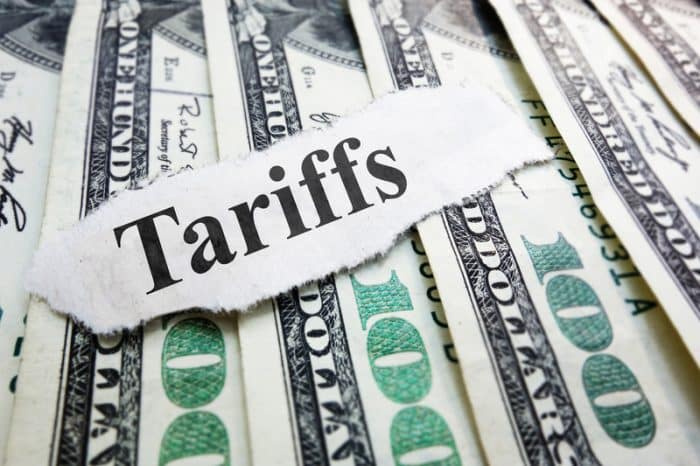Talking tariffs: Solar experts discuss impacts on project development

The solar industry has been riding high since the passage of the IRA, but potential obstacles loom in the form of new tariffs imposed by the U.S. International Trade Commission.
Tariffs on solar modules and battery components could increase costs for developers and lead to a level of uncertainty in the market. These higher prices implemented on top of other headwinds — including domestic factors and trade restrictions that are already in place and impacting the industry’s trajectory — could seriously hinder U.S. progress on solar deployment.
While the IRA spurred a significant increase in U.S. solar manufacturing capacity, the industry still needs more time to catch up to demand for domestic components that hitherto have largely been sourced from abroad.
Solar Builder recently polled several industry experts to take the pulse on how tariffs are impacting their business. Here’s what they had to say:
How have new tariffs (and the threat of more) impacted development/procurement strategies?
Adam Bernardi, Director of EPC Sales & Strategy for Renewables at Burns & McDonnell

“By now, the solar industry is used to tariffs and the ups and downs of riding the solar coaster. The bifacial tariffs have been largely inconsequential. However, sourcing domestic products might become more and more challenging. The IRA has done a great job of spurring more domestic manufacturing. However, it takes time to build these facilities and ramp up production, which could put a cap on how much solar we’re able to install over the next few years.
“We expect to see developers explore the concept of blending modules on the same solar site in order to reduce the number of modules they would have to pay premium tariff prices on, but still get the MWs they need and can procure.
“We will be paying close attention to the new battery tariffs. While solar has been heavily exposed to tariffs and AD/CVD, the battery industry has sort of gotten away with their supply chain coming from China, so this is really the first time they’re under the microscope. In the short term, companies like Tesla will have a competitive advantage because their supply chain doesn’t heavily rely on China.”
Carl Newton, VP of Strategic Operations, DSD Renewables

“The new tariffs add the threat of volatility to module price and supply, which could be counter to the task of building out our domestic supply chain. That said, proper planning can mitigate that risk of volatility. While this may be a temporary headwind, the momentum of renewables is still very favorable.”
“At Silicon Ranch, we have always believed that domestic production of solar panels and other components is key to building resilient supply chains. It also helps maximize the economic benefits of solar energy for the communities most affected by a carbon-intensive energy grid, by creating more jobs right here at home. Even before global trends over the past four years shone a spotlight on global solar supply chain struggles, we were working with domestic partners like First Solar and Nextracker in service of this philosophy, integrating domestic production clauses into our contracts. New tariffs affecting supply chains abroad have served to reinforce our conviction around our procurement and partnership strategies.
“Partnering with U.S.-based companies also helps us keep our promise to be a trustworthy long-term neighbor of the communities we serve by delivering projects on time. As the developer, owner, and operator of all of our projects, we’ve avoided logistics risks through domestic partnerships.”
David Carpenter, VP of Development and Chief Legal Officer, Green Lantern Solar

“In 2023, we strategically shifted our focus from EPC to NTP development to mitigate the inherent risks associated with EPC. While this move largely shields us from tariff-related issues, rising module prices due to increased EPC costs could still negatively impact our developer fees. But that tariff risk is one we are happy to shift.
“We remain optimistic about the growth of U.S. (or at least North American) module manufacturing, as this would eliminate the tariff risk altogether.”






Comments are closed here.